Private George Brimblecombe: 25th Australian Machine Gun Company
By JOL Admin | 26 October 2015
Guest blogger: Lockyer Valley Regional Council.
Displayed in the ‘Walk of Fame’ inside the Lockyer Valley Cultural Centre, Gatton, are ten photographic portraits of Lockyer Valley locals who fought in the First World War. The portraits formed a component of the recent Queensland Government-sponsored exhibition ‘Queensland Transport Museum Salutes 100 Years of ANZAC’, which was on display in the adjacent Queensland Transport Museum from 11 April to 30 June 2015, and featured First World War motorised and horse drawn machinery.
This post is the second in a series which will feature the ten Lockyer locals whose portraits and biographies are in the ‘Walk of Fame’. Where possible, we will supplement their stories with some images from the State Library of Queensland or Australian War Memorial collections. We acknowledge the Lockyer Valley Regional Council, Derek Barry and Russell Tattam for allowing us to share their content, which can also be found on the Lockyer Valley Libraries catalogue and Flickr.
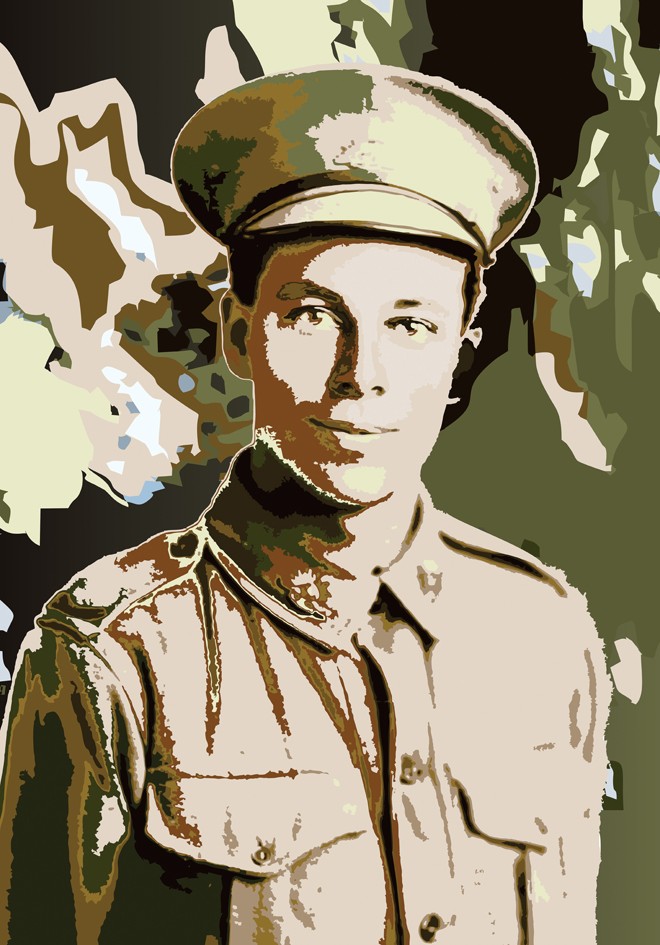
George Brimblecombe : saluting 100 years of ANZAC history. Lockyer Valley Regional Council BRN 106058
George Stephan Brimblecombe was born in Laidley on May 27, 1895, the second son of dairy farmers William and Lilly Brimblecombe.
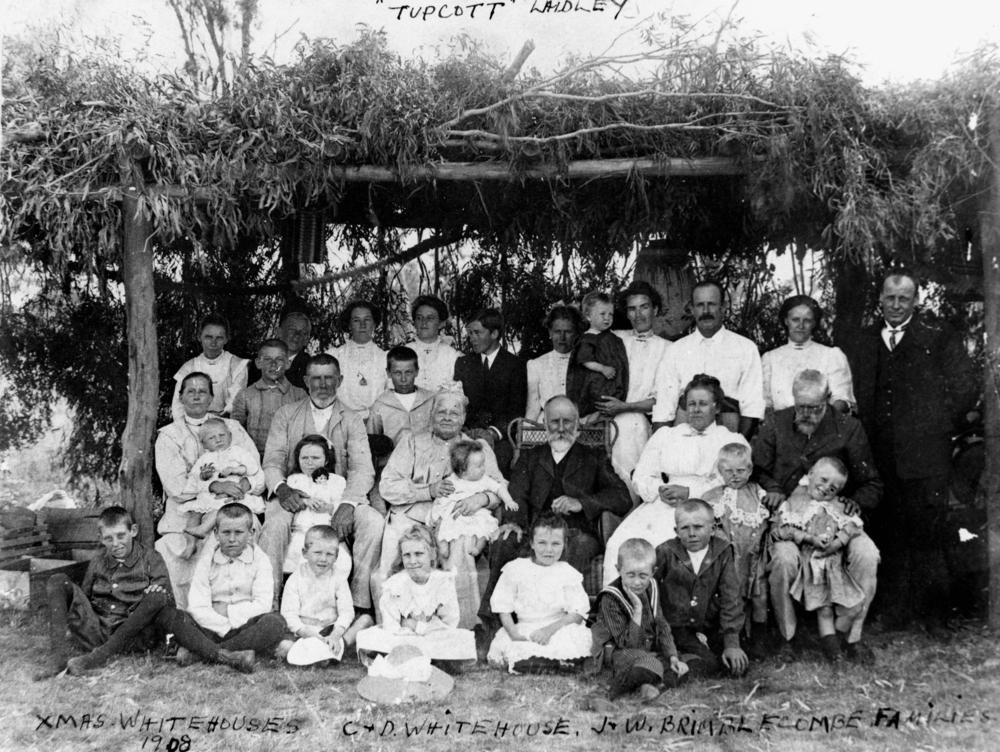
Whitehouse and Brimblecombe families at Christmas time at the Tupcott property Laidley district, 1908
There were nine children in the family with George the eldest son and he formed a close bond with his older sister Evelyn. Life was busy on the farm and George rose early each morning to yard the cows for milking. He studied at Forest Hill school until aged 13, when he was enrolled as a pupil teacher. George also taught at Sunday school and was later church steward at Laidley as well as secretary of the Trustees and a member of the church choir.
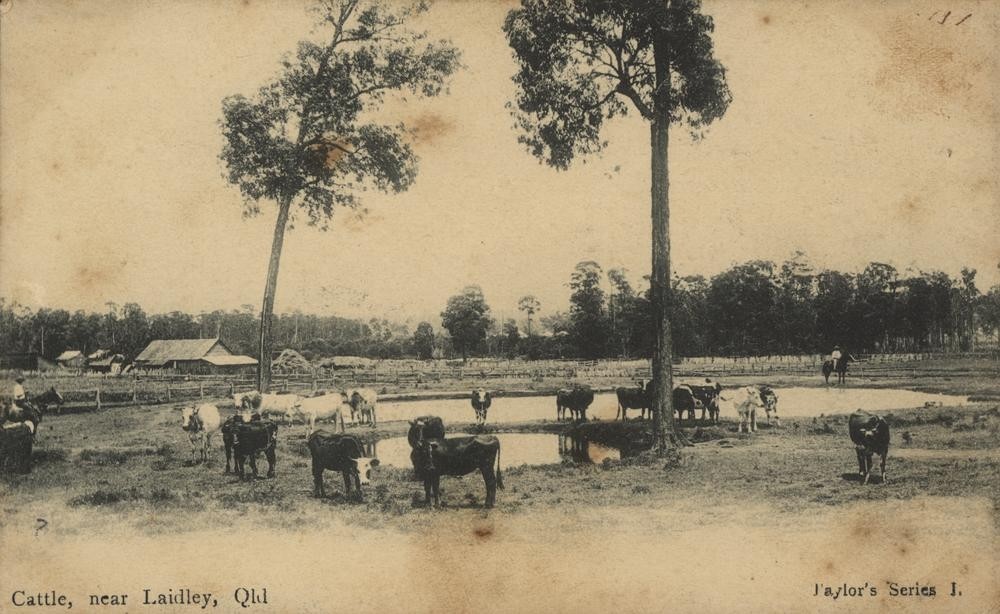
Cattle near Laidley, Queensland, ca. 1910
George turned his life upside down on October 31, 1916 when aged 21, he enlisted in the ongoing Great War. After serving in the Light Horse he was taken on strength with the 42nd Battalion 7th Reinforcements with regimental number 3013. He left Sydney in February 1917 and arrived at camp in England in April. On August 16, 1917 he was transferred to the 25th Australian Machine Gun Company and was drafted for active service in France a month later.
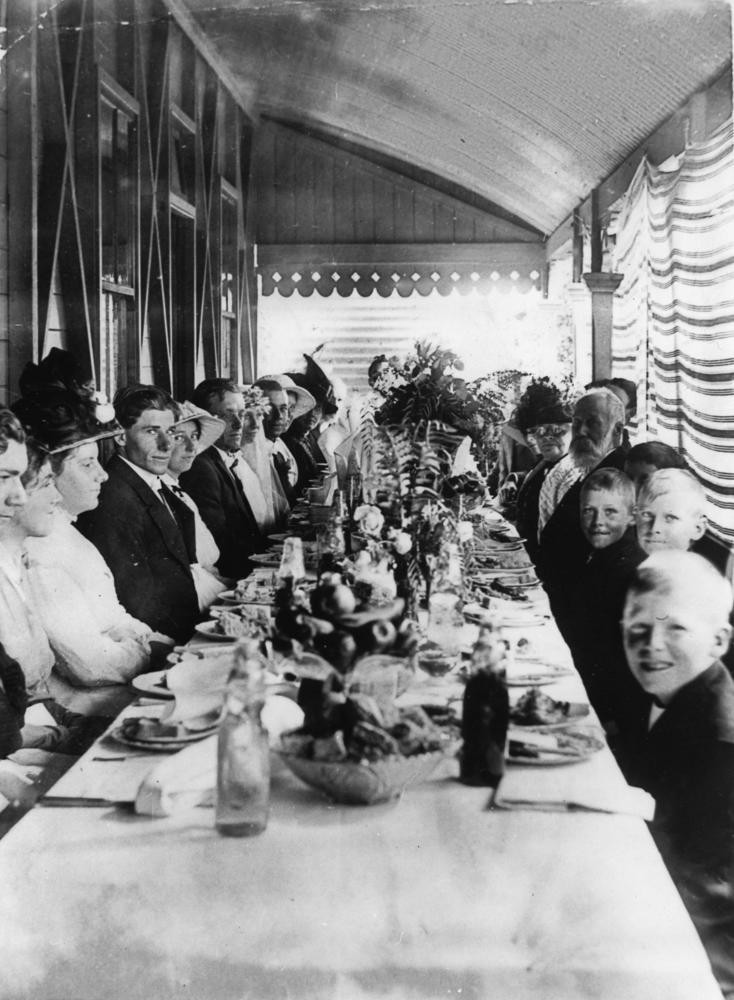
Wedding breakfast of Evelyn Brimblecombe and Ernest Day at Glencoe station, Forest Hill 1916
George was wounded by a piece of shell in October and was laid up for some days. During his absence two of his gun team were killed. On April 26, 1918 George was seriously wounded by shrapnel and left for dead for 24 hours before help arrived. According to his war diary George “hopped over about Midnight and drove Enemy back. Got hit about 3am after reaching our objective. Boys had to dig in.” He was taken to a casualty clearing station and later shipped back to an English hospital at Clacton-on-Sea, Essex.
He was wounded in the groin and an x-ray found a piece of metal in his right wrist before it was removed. It took him two months to walk properly again and he spent his convalescence with Norman and Esther Hill. Norman was English but had visited Forest Hill before the war to visit his uncle Jonathan Hill who lived across the road from George’s parents.
George was dispatched home to Australia on September 15, 1918 and arrived in Forest Hill in November and was discharged from the army on Christmas Eve, 1918. He bore his wounds cheerfully but they affected him for the rest of his life.
He settled down to farming and sought out May Begg Reid, a Glenore Grove teacher he knew from before the war. They married on February 10, 1923 and lived on the farm across from his parents. This was Jonathan Hill’s old farm, which George’s father bought after Jonathan died.
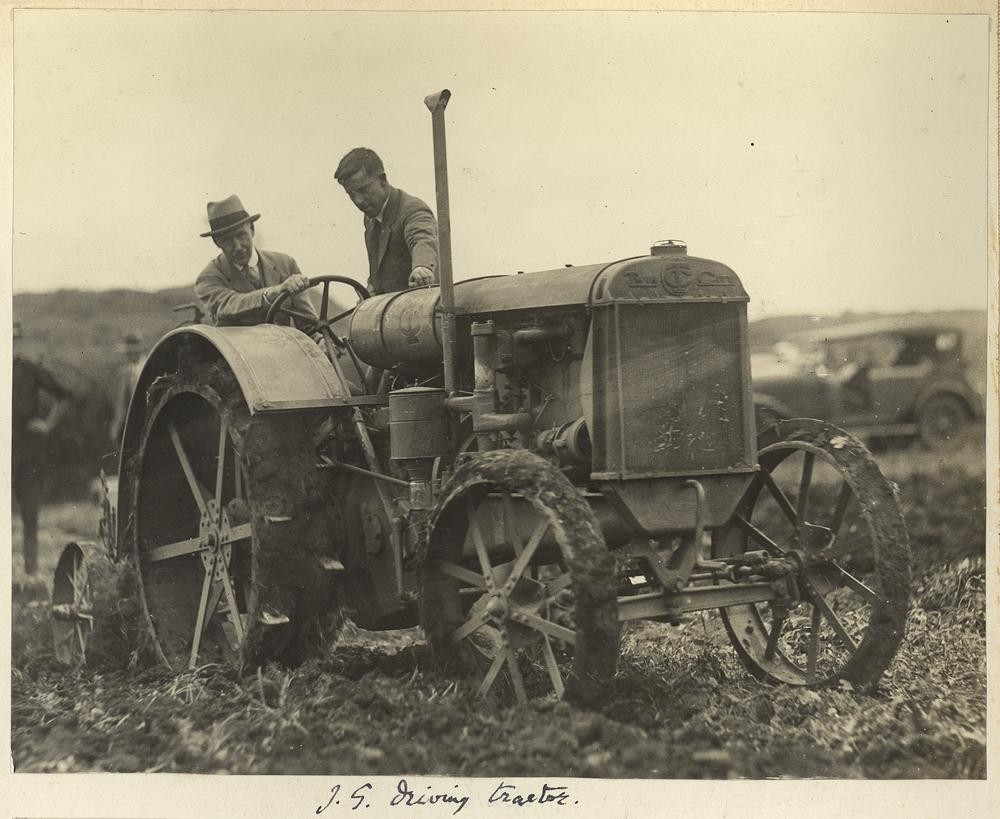
Queensland Governor Sir John Goodwin driving a tractor Gatton ca. 1930
George and May had two girls and one boy and by virtue of hard work, their farming prospered. When the Second World War arrived, George volunteered for black-out duty and became a lieutenant in the Volunteer Defence Corp and joined the Patriotic League.
After the war he served on an advisory committee for the establishment of an irrigation research station at Gatton and was an external examiner at the Queensland Agricultural College.
He also served on Laidley Shire Council and represented the Laidley Methodist Church at state level. As a legendary onion grower his light golden globe strain was popular.
George and May retired to Victoria Point in 1956 and lived there until his death on July 24, 1972, aged 77. May passed away a year later.
Comments
Your email address will not be published.
We welcome relevant, respectful comments.